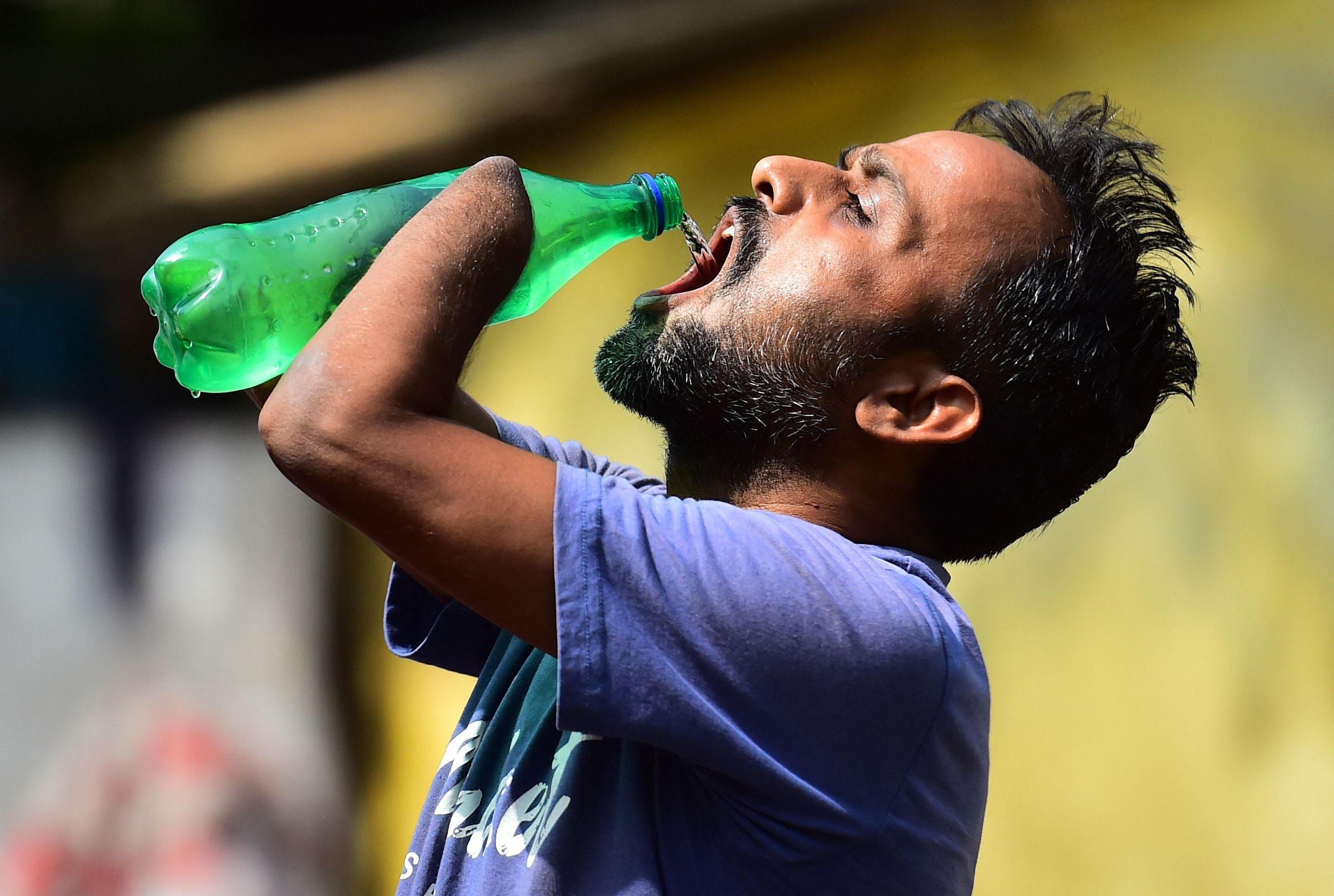Parts of India faced hottest April in more than a century, weather agency says
Average maximum temperatures hottest since India’s weather agency began keeping records

The hottest April on record in more than a century was witnessed in several parts of India this year, said the country’s weather agency.
Average maximum temperatures in India’s central and northwestern states, recorded at 37.78C and 35.9C respectively, are the hottest since 1900, when the India Meteorological Department (IMD) began keeping records.
The average temperature observed across India was 35C, the fourth highest in 122 years, IMD director-general Mrutyunjay Mohapatra said in a video conference on Saturday.
The country is in the grip of an extreme heatwave intensified by climate change.
Millions of people will not get respite anytime soon as the IMD has predicted above normal maximum temperatures in several areas, even though it predicts the extreme heatwave to abate by Monday.
Soaring temperatures have triggered health alerts for people, damaged crops, led to school closures and sparked an unprecedented demand for power, causing a coal shortage and electricity blackouts in national capital Delhi and across the country.
Temperature in Delhi soared past 43C for the third consecutive day on Sunday, the city’s highest-recorded temperature in 12 years, and is expected to remain around 42C this week.
Temperatures in Delhi are five degrees above normal for this time of the year, months before peak summer heat in late June or July, ahead of monsoon rains.
India recorded a rainfall deficit of around 89 per cent in March and nearly 83 per cent in April due to dry western disturbances, Mr Mohapatra said, adding, however, that average rain in May is “likely to be above normal”.
The IMD said heatwave to severe heatwave conditions prevailed on Friday over eastern Uttar Pradesh, India’s largest state, that recorded temperatures up to 47C in some areas.
The heatwave was also witnessed over the northern state of Haryana and neighbour Himachal Pradesh, located at the foothills of the Himalayan range.
Several eastern states, including West Bengal, Odisha and Jharkhand, and western states like Maharashtra also recorded heatwave-like conditions.
Weather agencies declare a heatwave when the temperature goes above 40C and at least 4.5 notches above normal and a severe heatwave when the temperature is 6.4C above normal.
As India remains in the throes of unusually long heatwaves, the country’s prime minister Narendra Modi last week told state governments to keep watch on rising incidents of forest fires, including fires in hospitals.
“Temperatures are rising rapidly,” he said on Wednesday. “And rising much earlier than usual.”
The prolonged rising temperature has put more than a billion people at risk of heat-related impacts in the region, including heat strokes, exacerbating cardiovascular and respiratory diseases, among other problems.
Meanwhile, neighboring Pakistan, which is also suffering similar heatwaves, skipped its spring season for the first time in decades.
The country went from winter to summer without the spring season, Pakistan’s federal minister for Climate Change, Sherry Rehman, said on Saturday.






Join our commenting forum
Join thought-provoking conversations, follow other Independent readers and see their replies
Comments